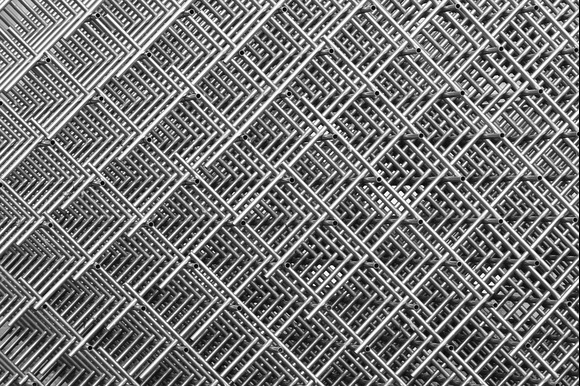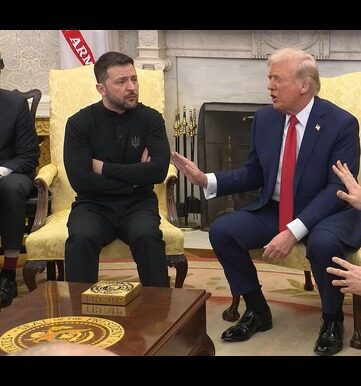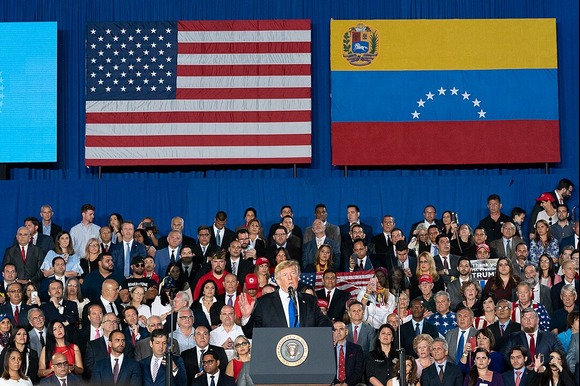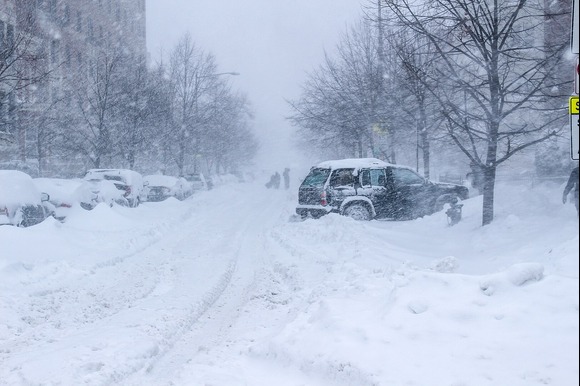
pixabay
The European Union plans to tighten steel import quotas, aiming to decrease inflows by an additional 15 percent starting in April, according to a senior EU official on Wednesday. This action is intended to prevent an influx of inexpensive steel into the European market following the new tariffs imposed by Washington.
European steel manufacturers, already facing high energy costs and competition from Asia and other regions, caution that the EU may become a dumping ground for low-cost steel redirected from the US market, potentially jeopardizing the viability of European production facilities.
“At a time when compliance with WTO (World Trade Organization) regulations is lacking and national security concerns are frequently cited, the EU cannot be the only region allowing its industry to deteriorate,” stated European Commission Executive Vice-President Stephane Sejourne in an interview with Reuters.
With the US market becoming less attractive due to a 25 percent tariff established by President Donald Trump’s administration, Sejourne anticipates that producers from Canada, India, and China will increasingly seek to sell larger quantities of steel in Europe.
On Wednesday, the Commission is set to introduce a series of trade-related initiatives aimed at revitalizing its struggling metals sector, as part of a new European Steel and Metals Action Plan. A draft of this plan, reviewed by Reuters earlier this week, indicates that the EU is considering implementing import restrictions.
Sejourne, who oversees the bloc’s industrial strategy, stated that an initial action would involve reducing import quotas, referred to as safeguards, for various steel grades starting April 1, which is expected to decrease imports by approximately 15 percent.
The volumes imported under these quotas represent established trade patterns and are exempt from tariffs. Conversely, any steel imports exceeding the quota will incur a 25 percent tariff. Since July 2019, the quota volumes have risen by over 25 percent as the bloc adheres to WTO regulations.
In 2024, the EU imported around 60 million metric tonnes of steel, with 30 million tonnes falling within the tariff-free quota. Additionally, the Commission plans to announce new measures in the third quarter to replace the enhanced safeguards, which, according to WTO rules, cannot be extended beyond June 30, 2026.
Sejourne noted that the forthcoming mechanism will be significantly more stringent in response to industry requests, although specific details are yet to be finalized.
European production
“We face the challenge of anticipating future conflicts, wars, and pandemics, and we have witnessed the consequences of reliance on Russian gas in the past. We must ensure that steel does not become the gas of yesterday,” stated Sejourne.He emphasized that the EU aims to reduce its dependence on steel imports, which will be essential for the reconstruction of its military industrial complex following the Ukraine conflict.
To enhance current trade defense measures, revisions to public procurement regulations are anticipated in 2026 to prioritize European steel. Additionally, the Commission plans to implement a “melted and poured” rule as part of the draft Steel and Metals Action Plan. This regulation would prevent importers from altering the metal’s origin through minimal processing. Among other non-trade initiatives, a pilot program with the European Investment Bank will focus on securing long-term power contracts for steel and aluminum manufacturers, with further details expected to be released in the second quarter of 2025.
“We aim to retain our steel production within Europe and promote recycling domestically,” Sejourne remarked. “This is a strategic concern. The defense industry cannot function without steel, nor can the automotive sector, and we are committed to preserving our industrial capabilities.”







